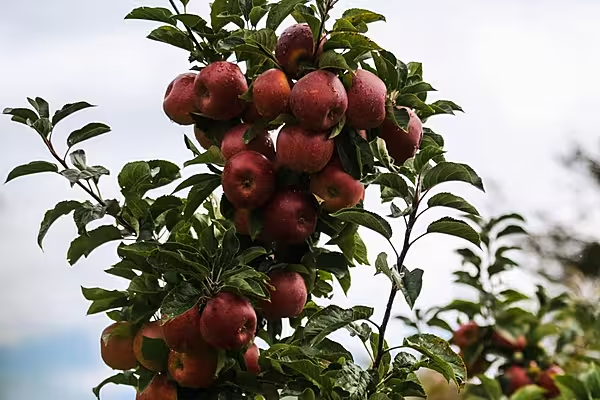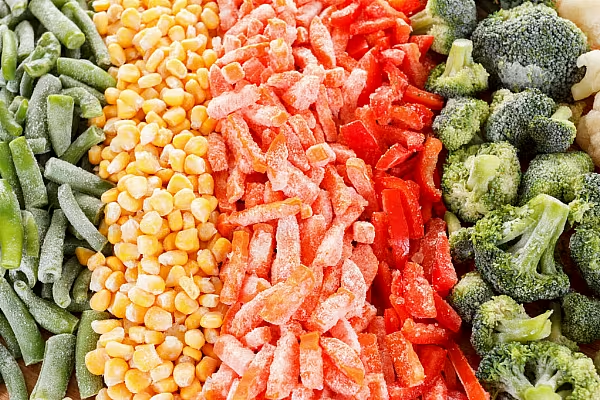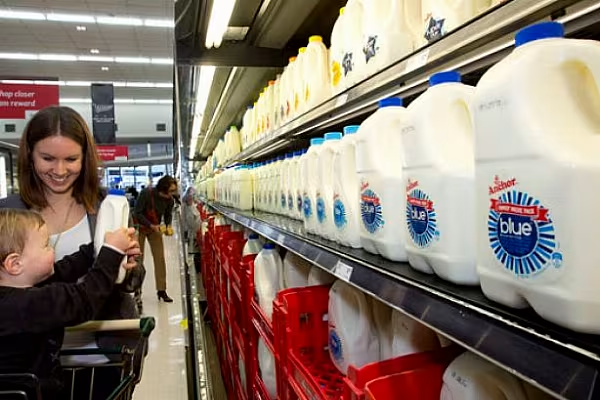India, the world’s largest palm oil buyer, will probably import more cooking oil this season than forecast after a water shortage forced farmers to cut rapeseed planting.
Shipments may surge to an all-time high of 12.6 million metric tons in the year started 1 Novomber, said Govindlal G. Patel, managing partner at G.G. Patel & Nikhil Research Co That’s more than the 12.1 million tons he predicted in September. Overseas purchases were 11.6 million tons in 2013-2014, the highest ever, Solvent Extractors' Association of India data show.
Surging Indian purchases may help trim palm oil inventories in Indonesia and Malaysia, the biggest producers, and extend a 21-per-cent rally in prices from a five-year low in September. The South Asian nation meets more than 50 per cent of its demand through palm and soybean oil imports. The rapeseed harvest, the biggest winter-oilseed crop in India, may drop 9 per cent to about 5.9 million tons this year, Patel said.
"This will necessitate imports of more edible oil," Patel said by phone from Rajkot in Gujarat on Jan. 15. "The rapeseed yield may not be as good as last year. Even after recent rains, crop conditions are not satisfactory in many places."
The area under rapeseed fell to 6.48 million hectares (16 million acres) as of Jan. 9 from 6.94 million hectares a year earlier, Agriculture Ministry estimates. Crop planting is almost over and yield is seen at normal levels, Agriculture Commissioner J. S. Sandhu said.
Growing Consumption
"The farmers did not go for mustard in some parts as weather was not favorable during the sowing," Sriram Iyer, research analyst at Mumbai-based ADMISI Commodities Pvt., said by phone. "There is speculation that this unfavorable weather will lower yield this year."
The shrinking oilseed harvest will increase India's dependence on imports, with consumption growing about 3 per cent annually, B.V. Mehta, executive director of the extractors' association, said by phone from Mumbai on Thursday. The country will need imports of more than 12.5 million tons this year to meet demand estimated at 19 million tons, he said.
"The crop size hasn’t increased, so we’ll have to heavily depend on imports," Mehta said. "There is a new factor -- consumption increases as edible oil becomes cheaper."
While palm oil futures in Kuala Lumpur rallied from 1,914 ringgit ($536) a ton on Sept. 2 to 2,325 ringgit at close in Kuala Lumpur today, they tumbled 15 percent last year to cap the third annual loss in four. Soybean oil, which fell for a fourth straight year in 2014, traded at 33.01 cents a pound in Chicago.
India’s total vegetable oil imports climbed 16 percent to 2.33 million tons in the first two months of the marketing year after Indonesia and Malaysia scrapped taxes on exports in 2014 to boost shipments, the extractors’ association said on 14 January. That prompted the government to increase the tax on imports to protect farmers from declining oilseed prices.
"As long as Malaysia and Indonesia have zero export taxes, they will continue to dump supplies into India," Mehta said.
Bloomberg News, edited by ESM














